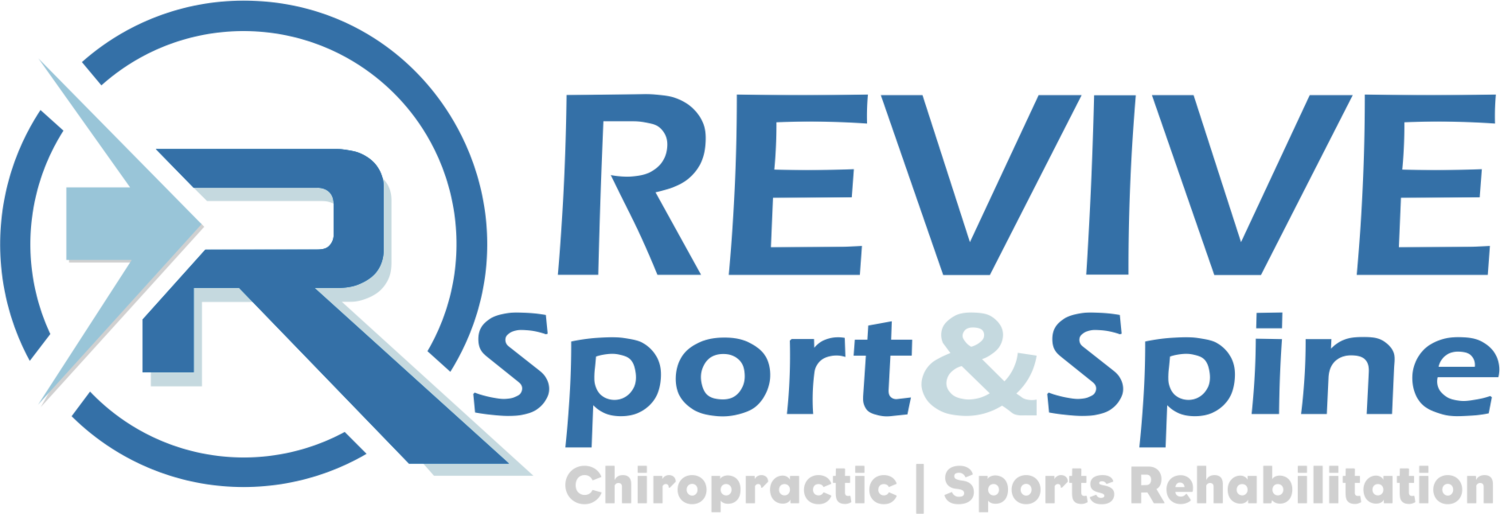If you are like me, you love to set goals, spend hours on action plans to achieve those goals, and ponder on the impact and improvements you can make to yourself, your company, your family, your health, and everything else around you.
Medial Tibial Stress Syndrome Part 3 - Treatment and Rehabilitation
Medial Tibial Stress Syndrome Part 1 - What Are Shin Splints and Why Runners?
New Year - New Goals: Running To Better Health
Improved health tops nearly every new year's resolution list ever made, 2019 will be no different. From this, running comes to the forefront of our ‘get in shape’ plan because of its ease (almost everyone can shuffle one foot in front of the other, not saying it is easy) and relatively low cost (a decent pair of shoes and some running gear is all you need). While this plan seems fool-proof, there is a reason 60%+ of the people we see in our clinic are runners, new and old.
Iliotibial Band Syndrome: Anatomy & Symptoms Of The Most Common Running Injury
You are out on another long run. It is a mid-Saturday morning, the weather is a cool 50 degrees, clear skies, and your focus is on the audiobook or podcast playing through your headphones. All of a sudden, out of nowhere, you get this sharp, STABBING, pain on the outside of your knee. Where did this come from? Did you do something wrong? What the heck is happening?
If this is your first time dealing with Iliotibial band syndrome, or you are remembering your first experience with it right now, the feeling is all too real. IT Band issues are a frequent occurrence for runners of all abilities, one of the most common conditions we relieve in our office and feel so prevalent that it is almost a ‘right of passage’ of sorts for new runners.
Resolve Low Back Issues Part 7: What Happens When You Need To Seek Care?
Resolve Low Back Issues Part 6: Self-Care - What You Can Do For Low Back Pain
Over the last 5 weeks, we have discussed everything from what low back pain is, most common causes, some of the most common myths associated with low back pain, and when to consider imaging studies (x-ray, MRI, CT) due to red flags that lead us to something more severe being the cause. We even covered a few tips to help when you find yourself traveling for work or vacation.
We have been building up toward the actual care of low back pain but wanted to fully educate on how common low back pain is, what we know about low back pain at this time, and help you focus on life outside of back pain.
Resolve Low Back Issues Part 4: Most Common Myths Of Low Back Pain
Few musculoskeletal conditions have a cult-like following of myths as Low Back Pain, many of which have been said by various healthcare providers across all specialties. To help clear the air, let's take a look at the 5 most common misunderstandings and myths that we encounter in our chiropractic clinic that could actually make your low back pain worse.
Resolve Low Back Issues Part 1: What Is Low Back Pain?
Low back issues are one of the most common causes of disability worldwide, responsible for BILLIONS of dollars spent on health care and lost time at work annually. If you have ever experienced low back pain, you know that it can not only impact your hobbies and ability to remain active, but it can make even the most common of daily activities challenging. Our goal with this series is to help you better understand the cause of your low back pain, provide real solutions to help you manage it, and show you that there are many care options out there, some you can do at home, that allow you to remain free of prescription drugs and surgery.
Back pain is not a one-size-fits-all problem, there are most commons, but your approach to care needs to be as individual as you. Without a proper and thorough assessment, it is hard to say which approach will work best for you, but through the experience of helping hundreds of people alleviate their low back pain every day, we can focus on a few of the most common causes and their proven strategies for relief.
Runner's Knee Part 2: Hip & Ankle Mobility - How It Relates To Patellofemoral Pain Syndrome
In part 1 of our runner’s knee series, we discussed the specific anatomy involved, how and why we experience pain over/in the front of the knee, and most importantly, how running, and specifically downhill running, can hasten your onset of patellofemoral pain syndrome. ->Read Part 1 Here <-
Today, in part 2, we are going to move away from the knee and look at the friendly joints above and below. As we know, and you will soon find out, the hip and the ankle are in control of the knee and more times than not, pain at the knee is caused by faulty mechanics, immobility, or strength and stability deficiencies at either or both of these joints. Read on!











